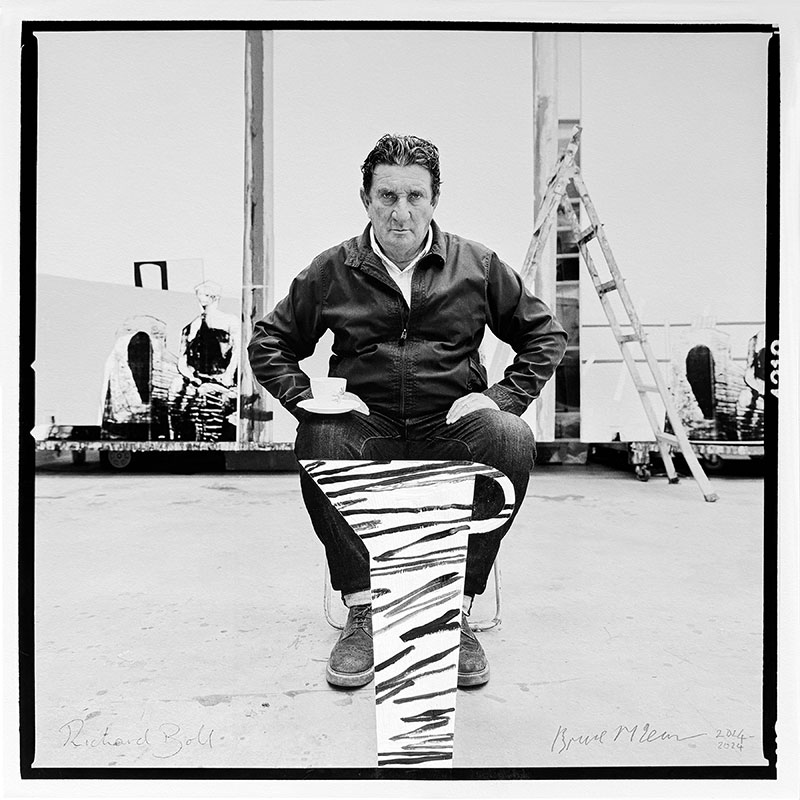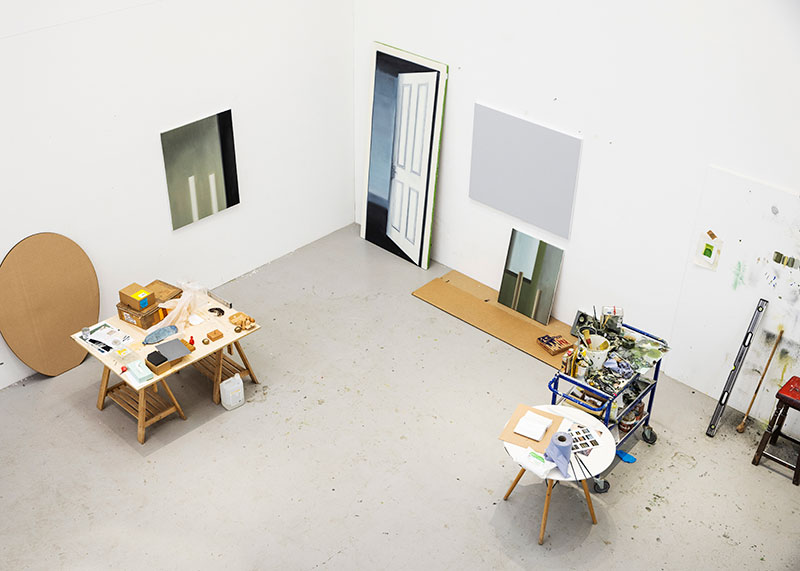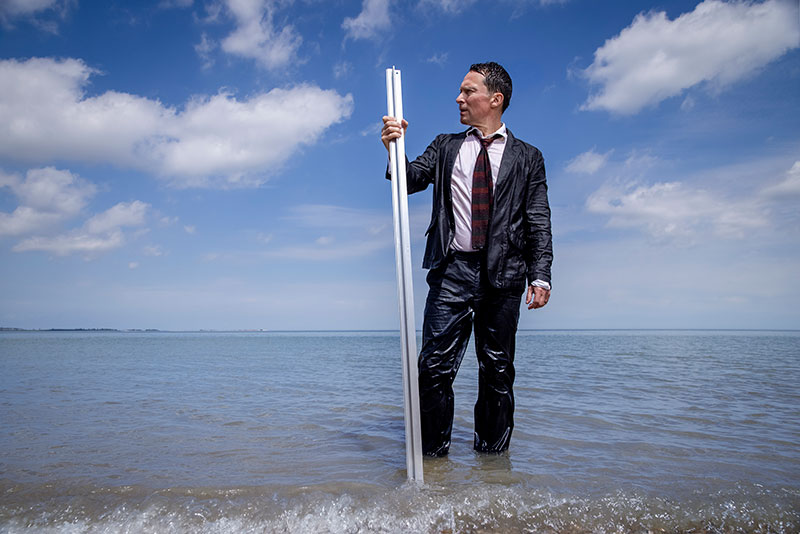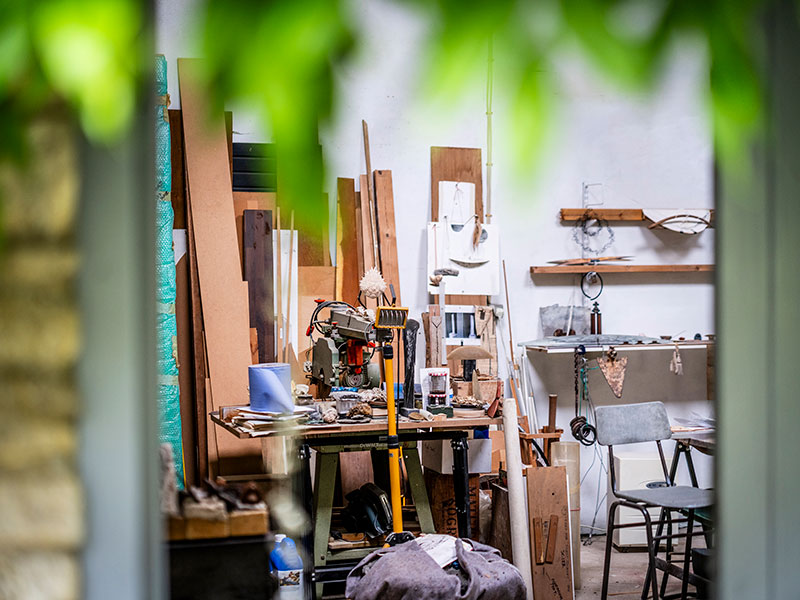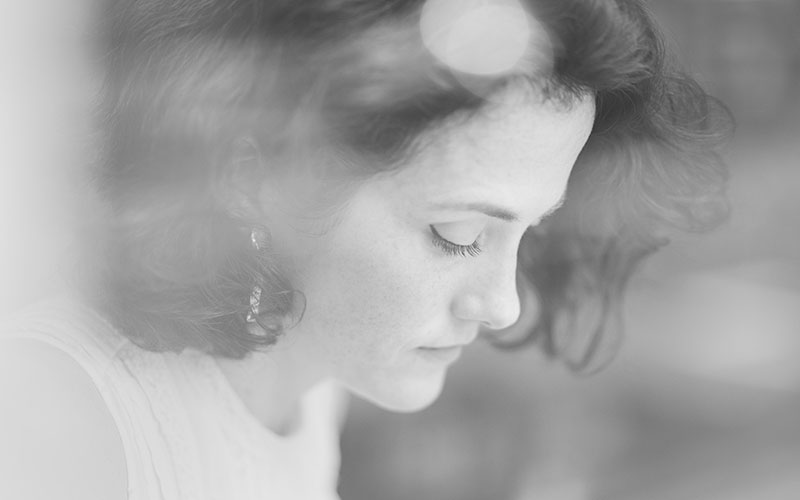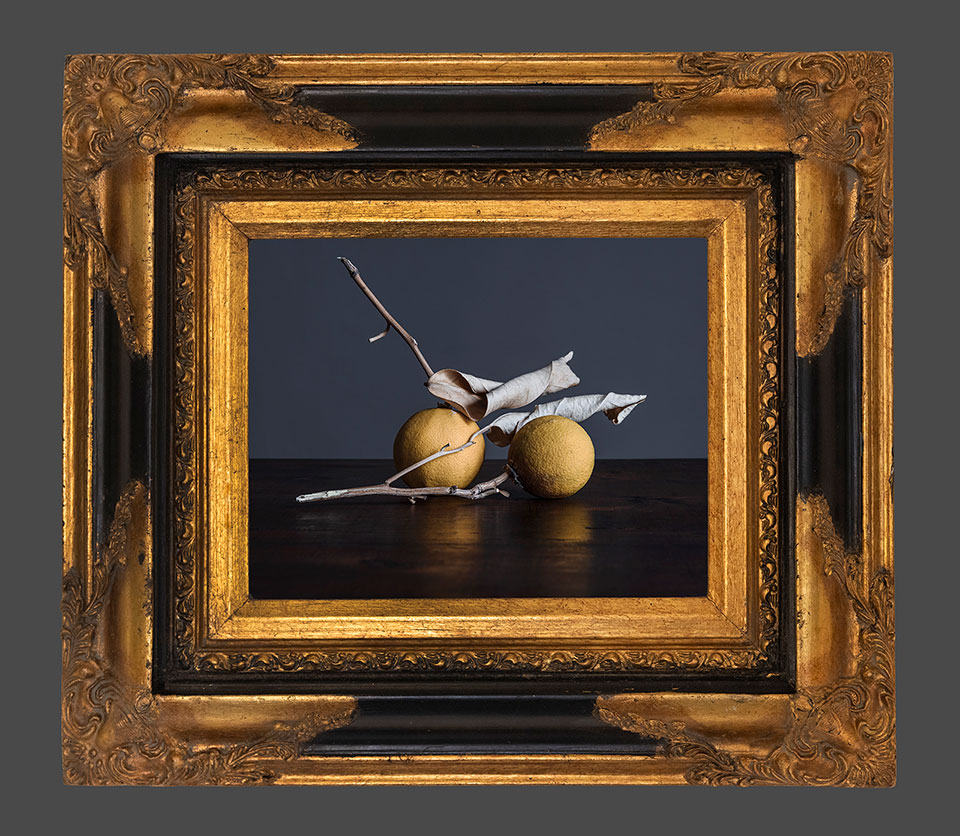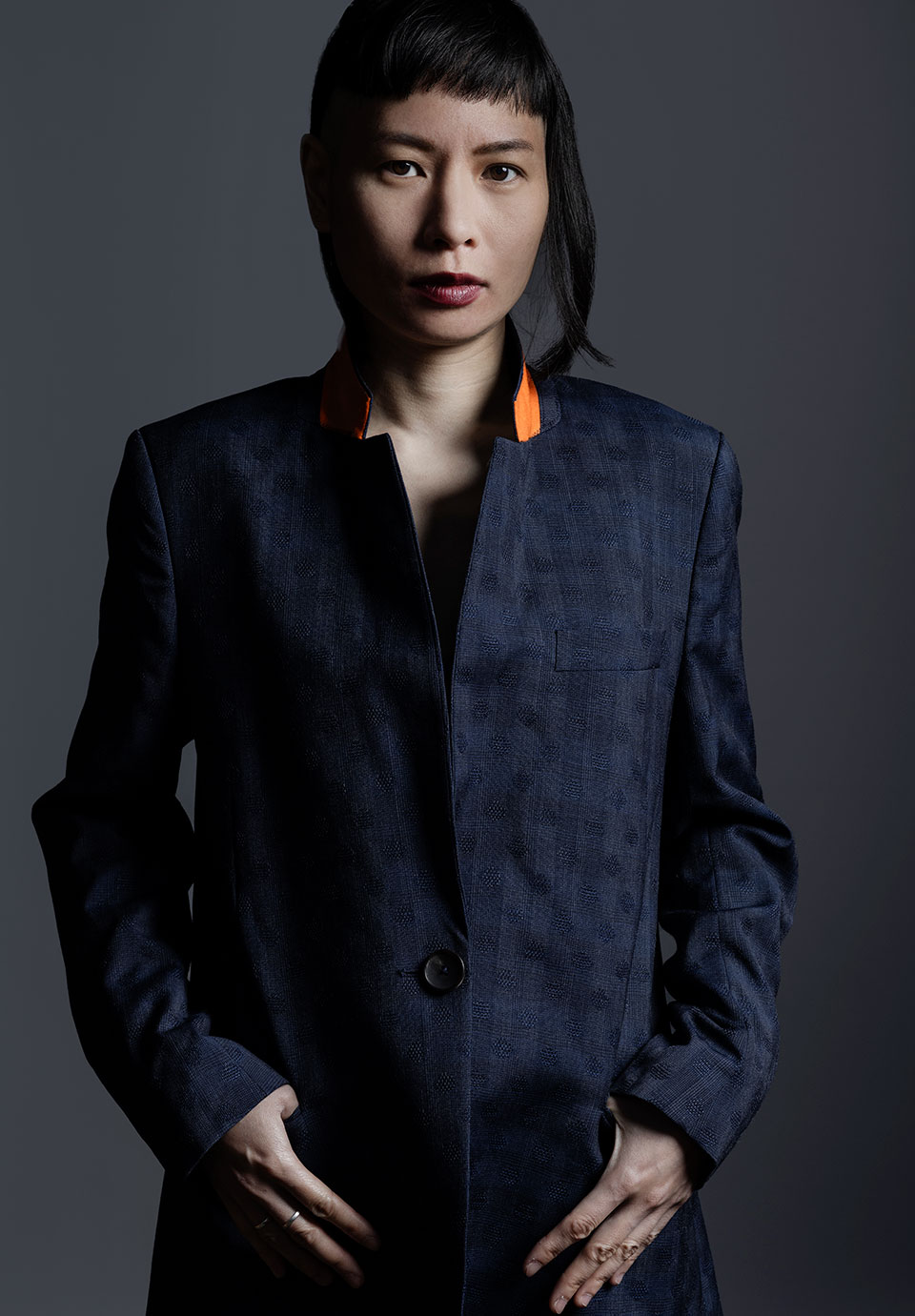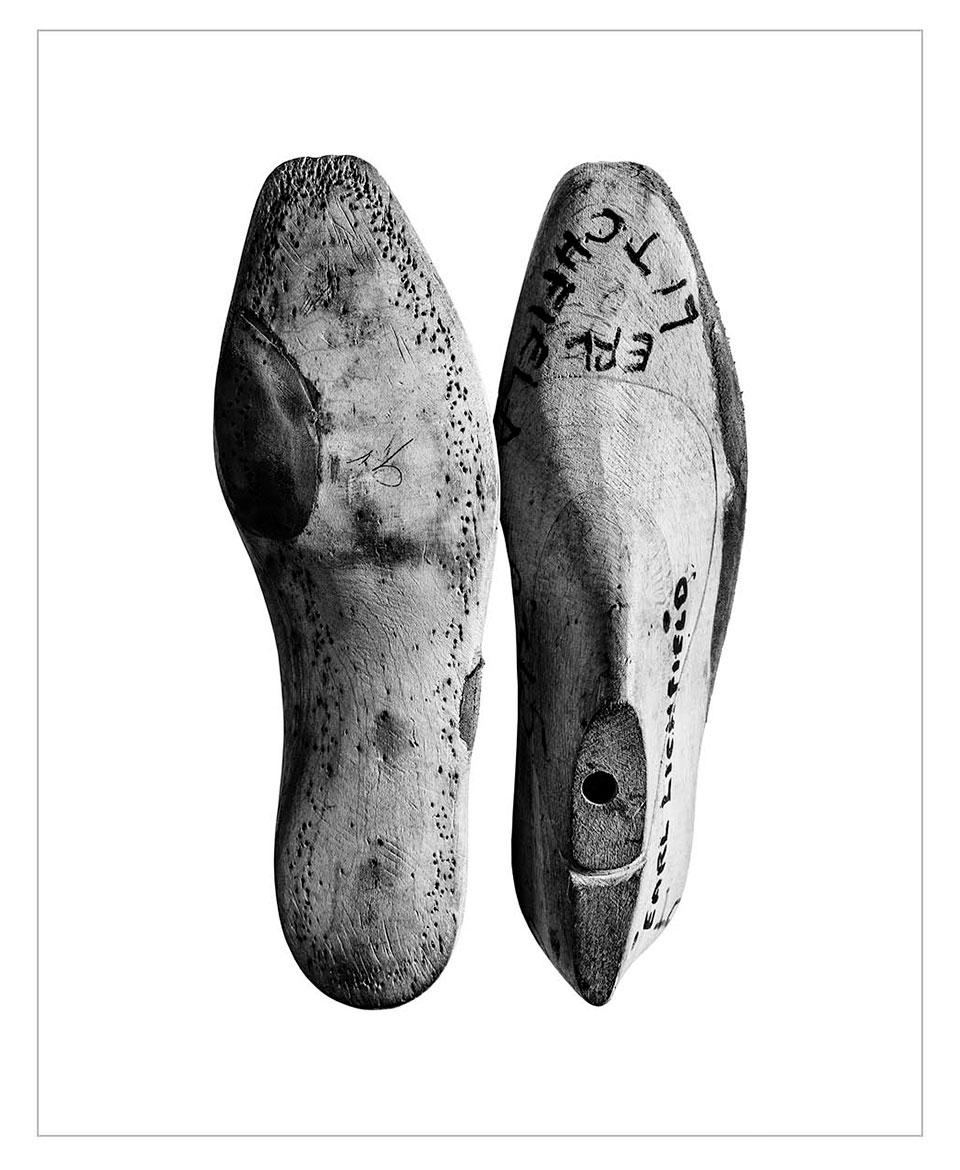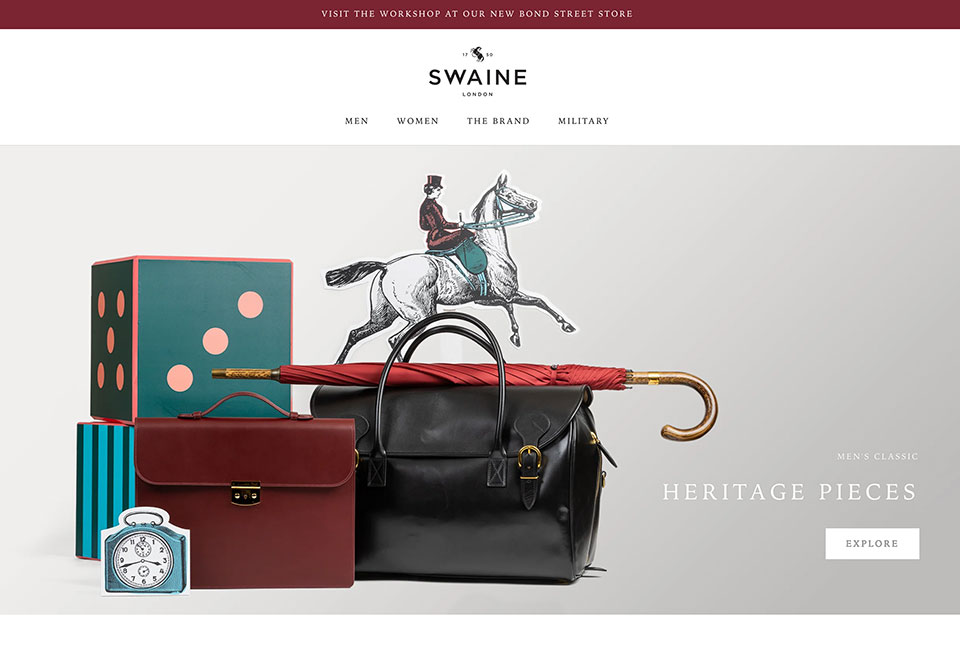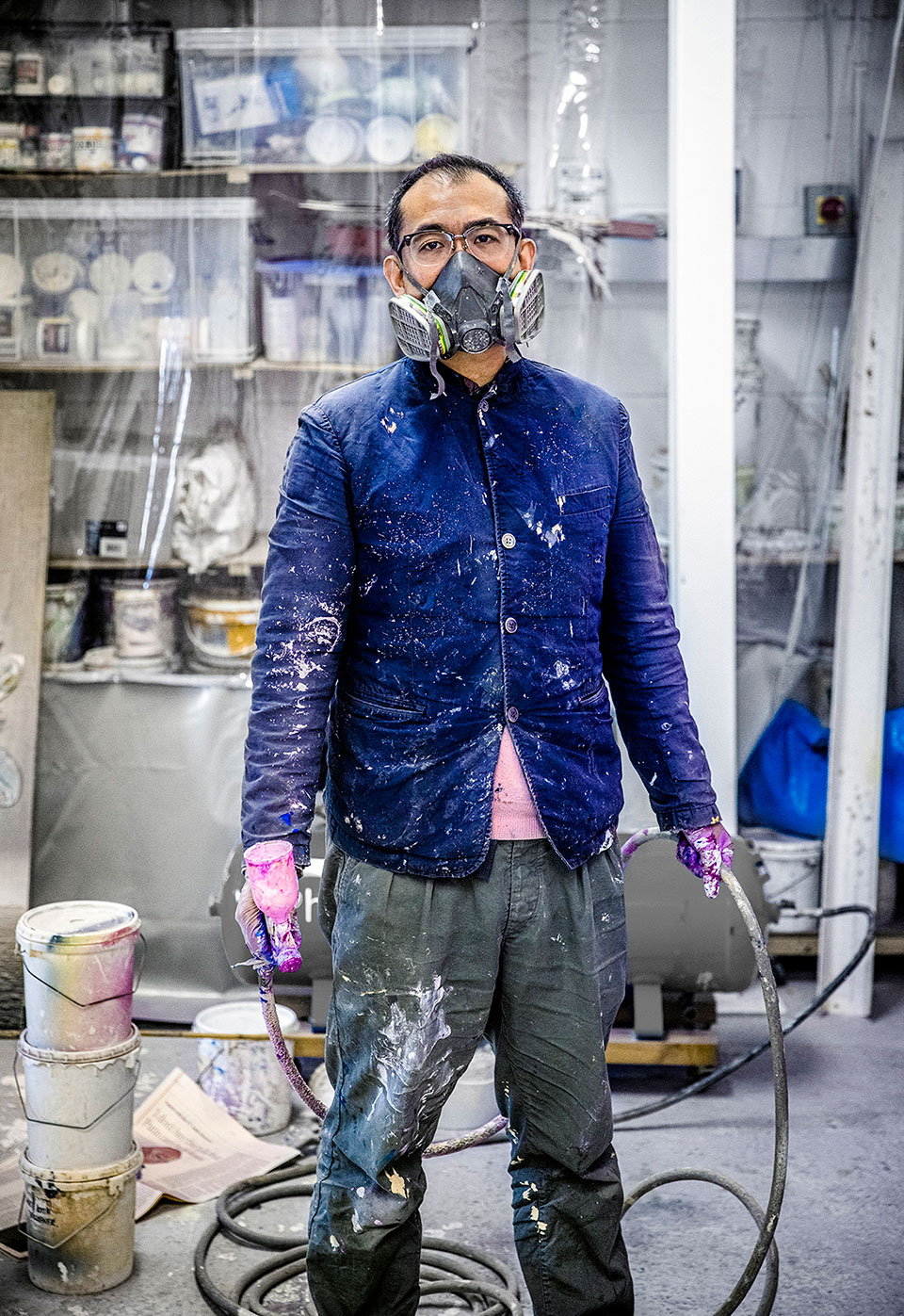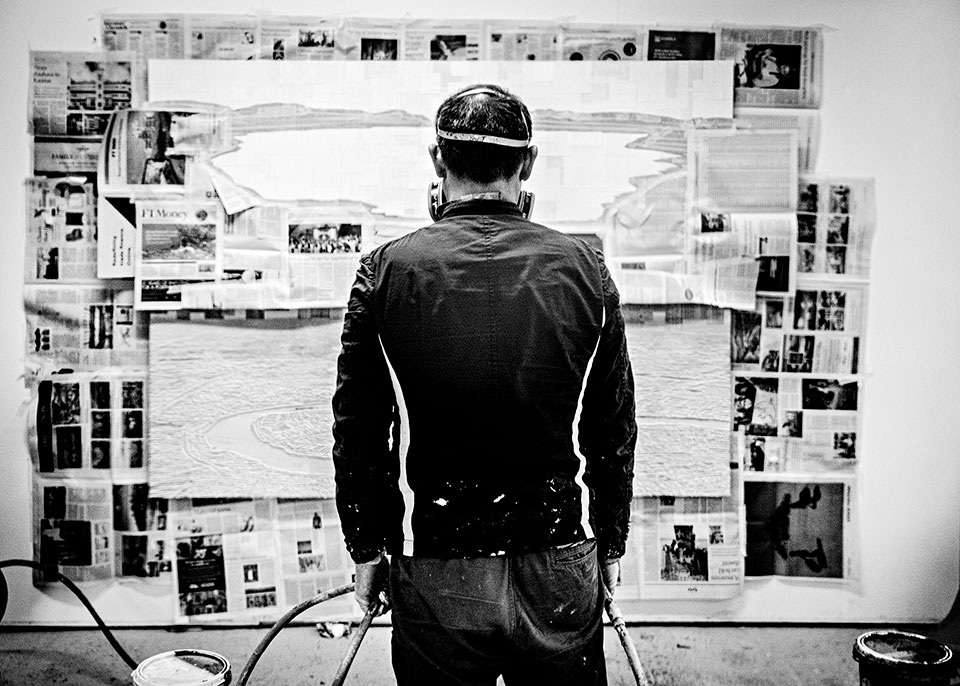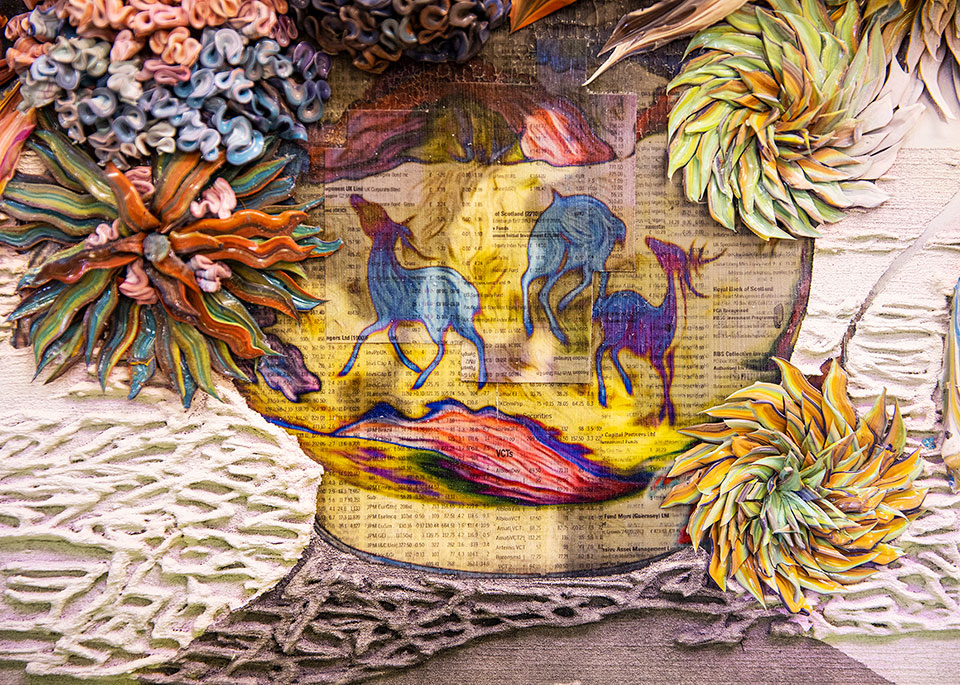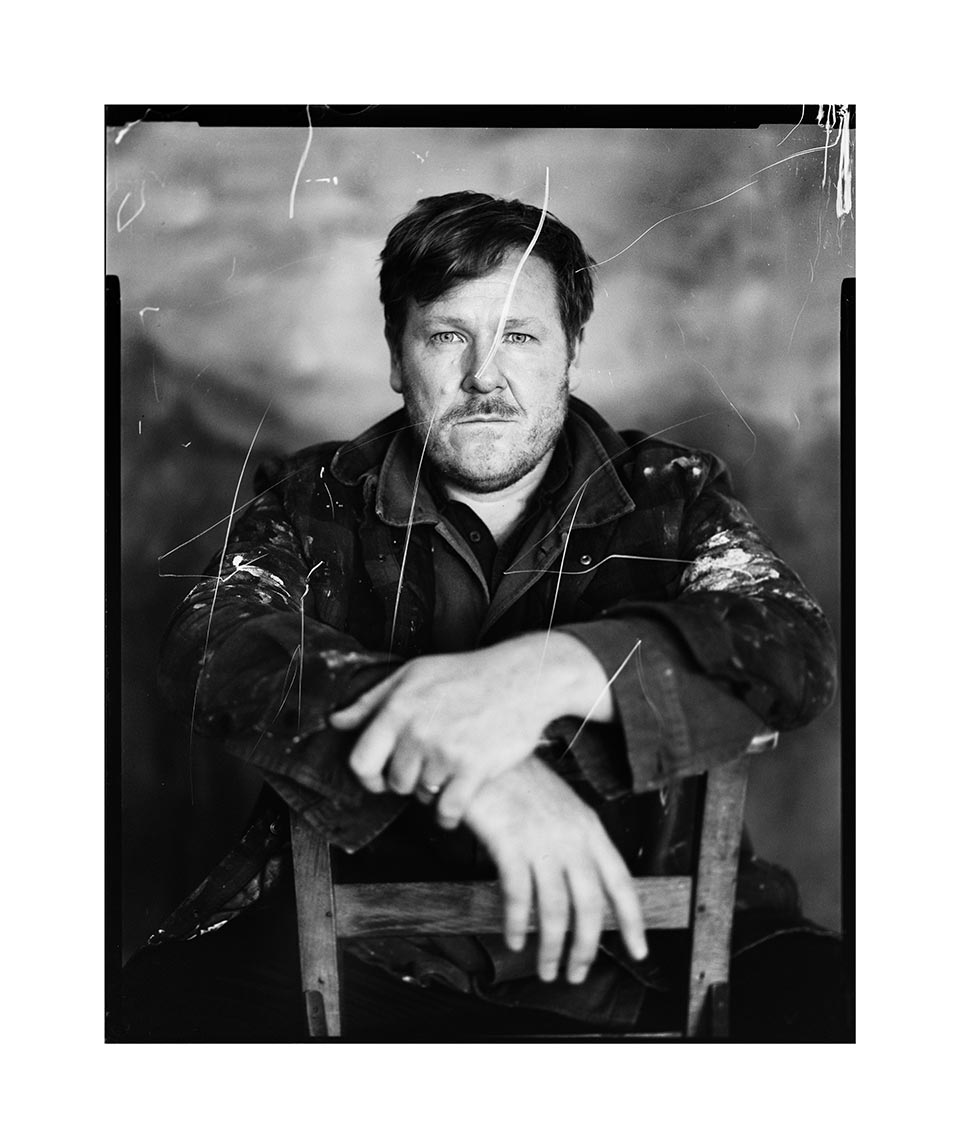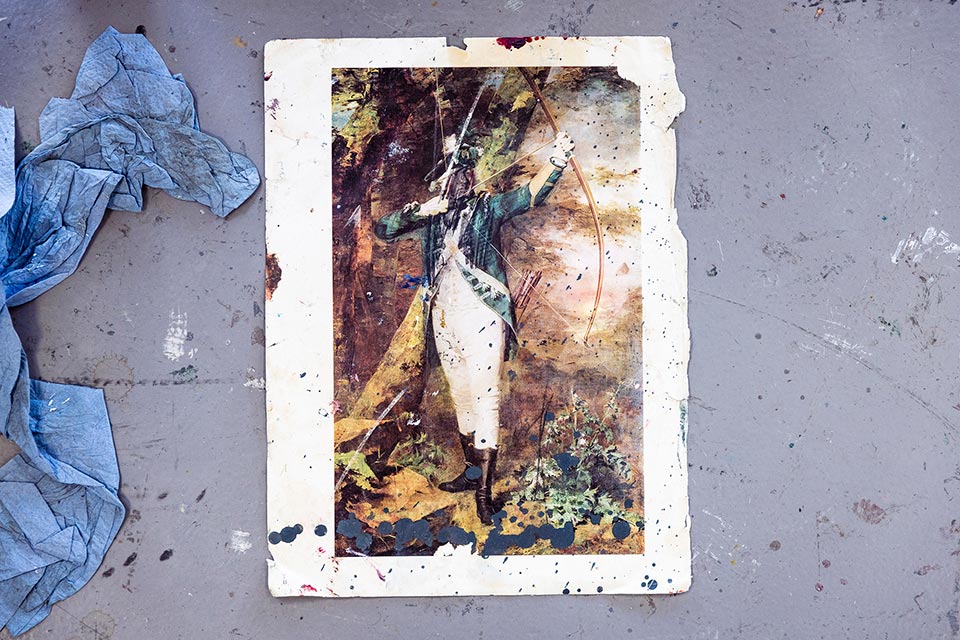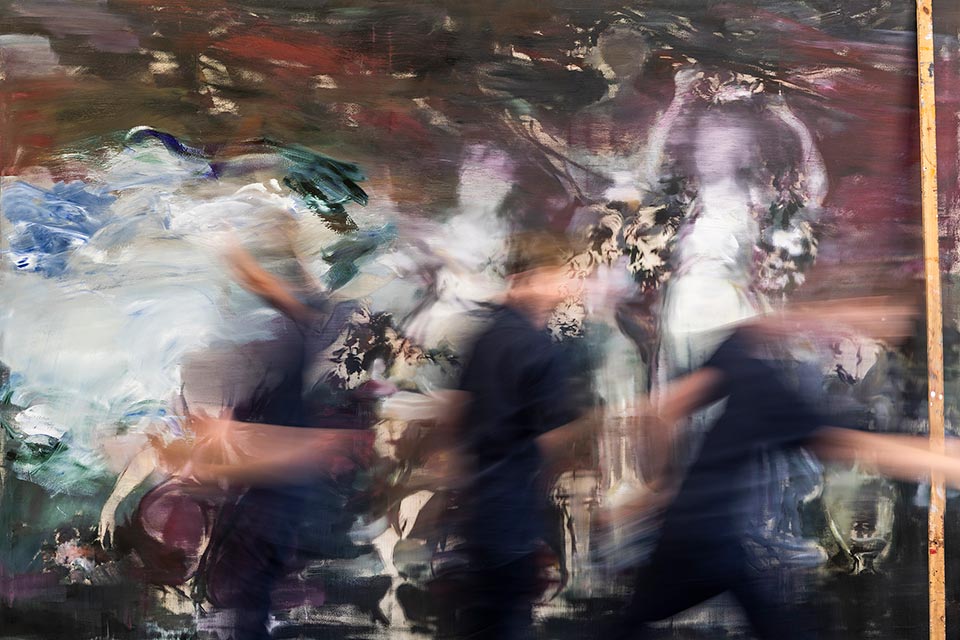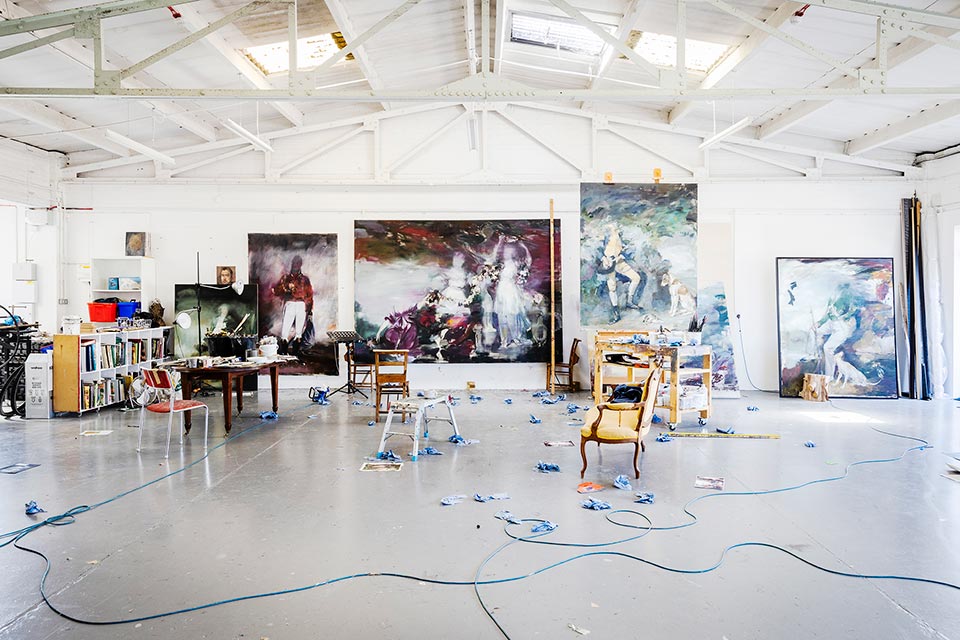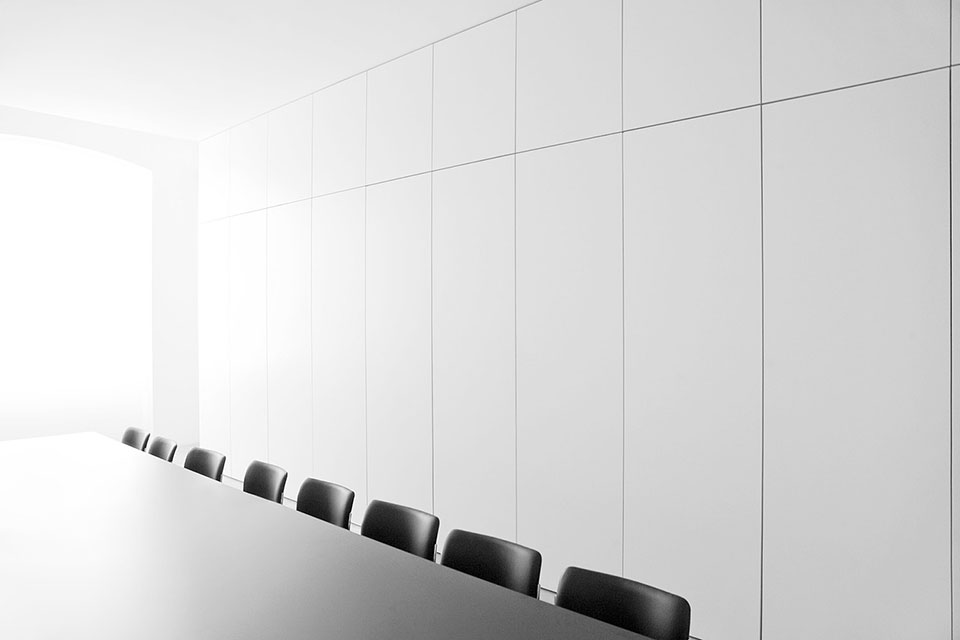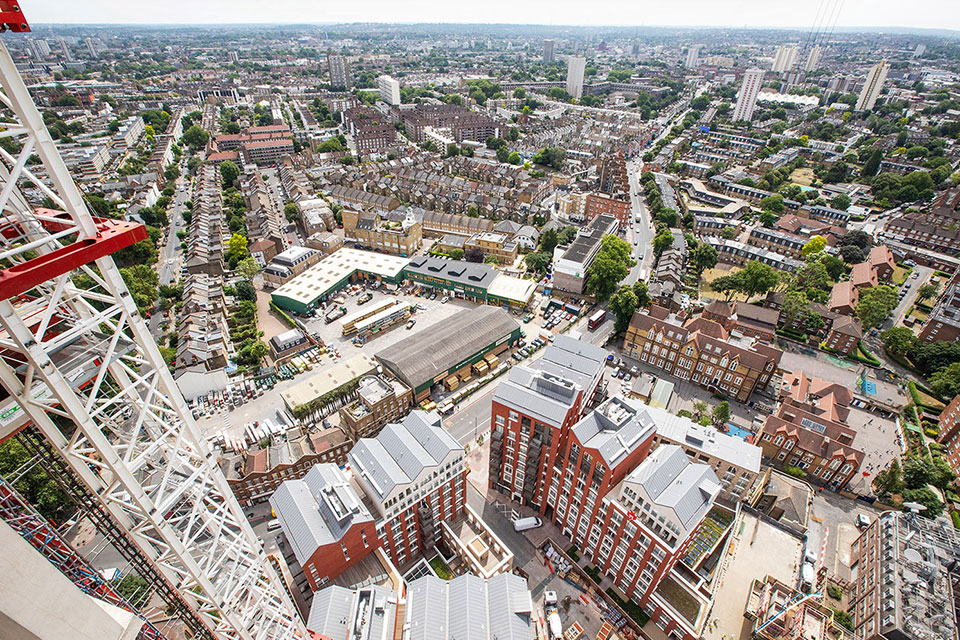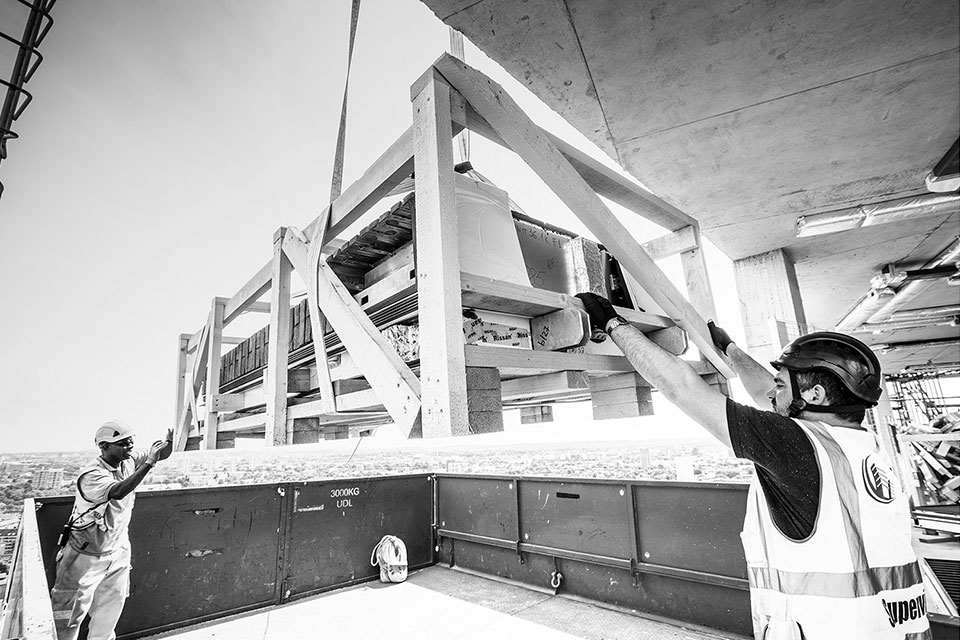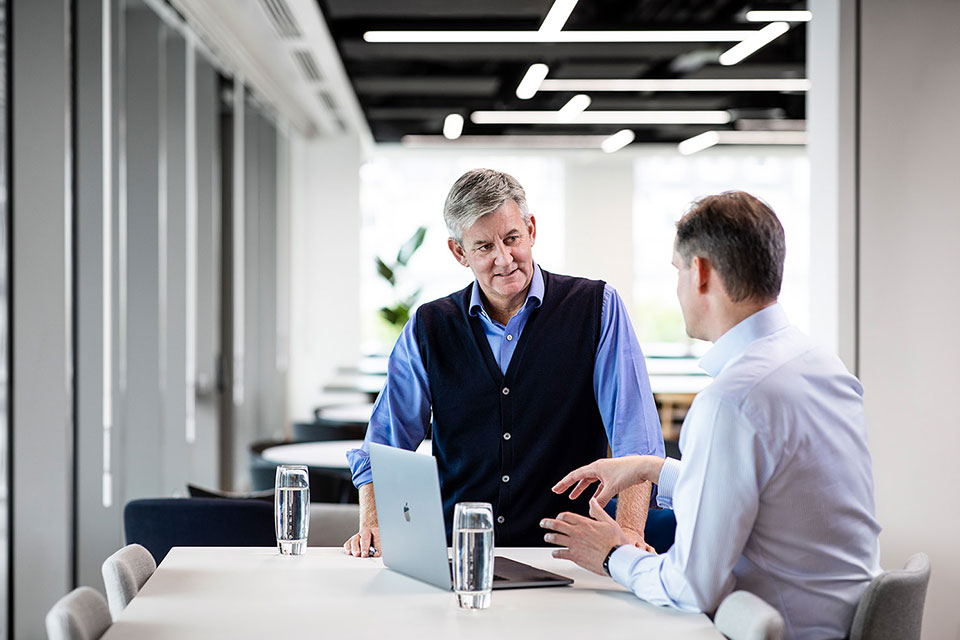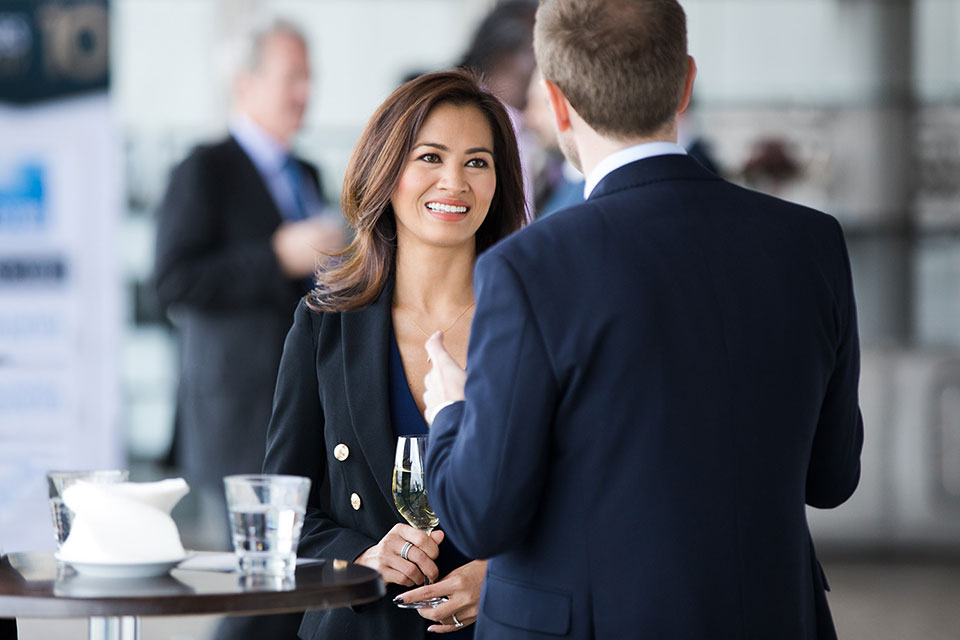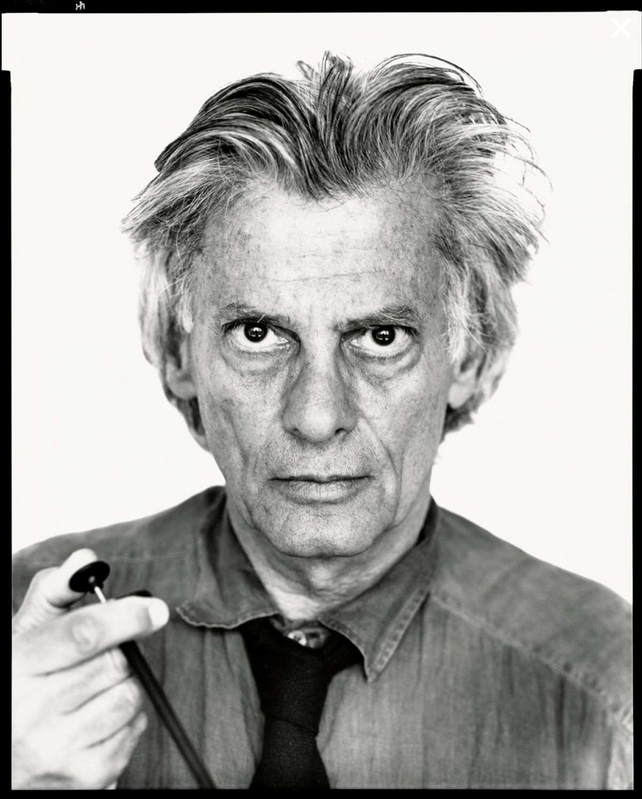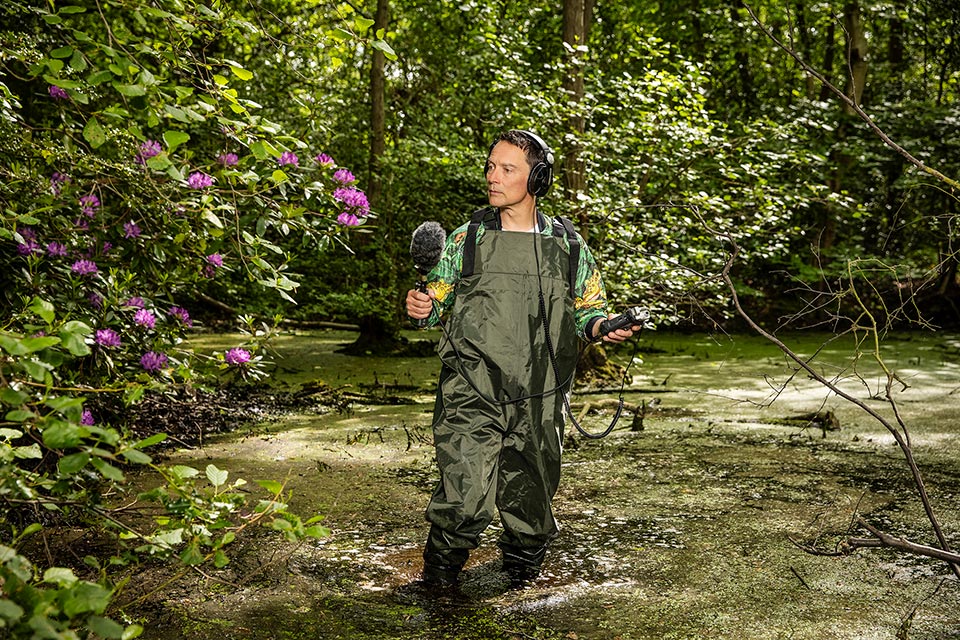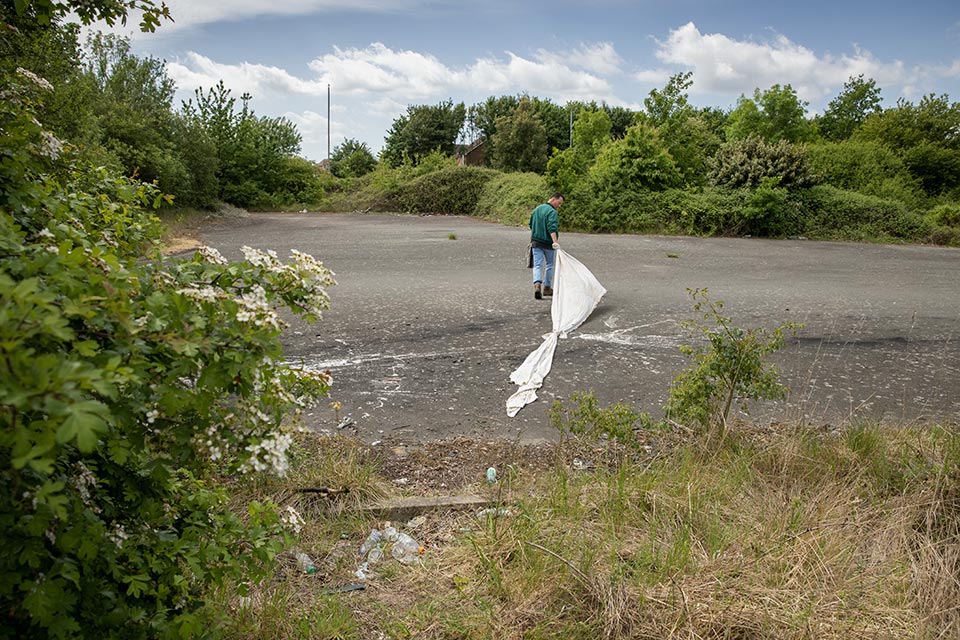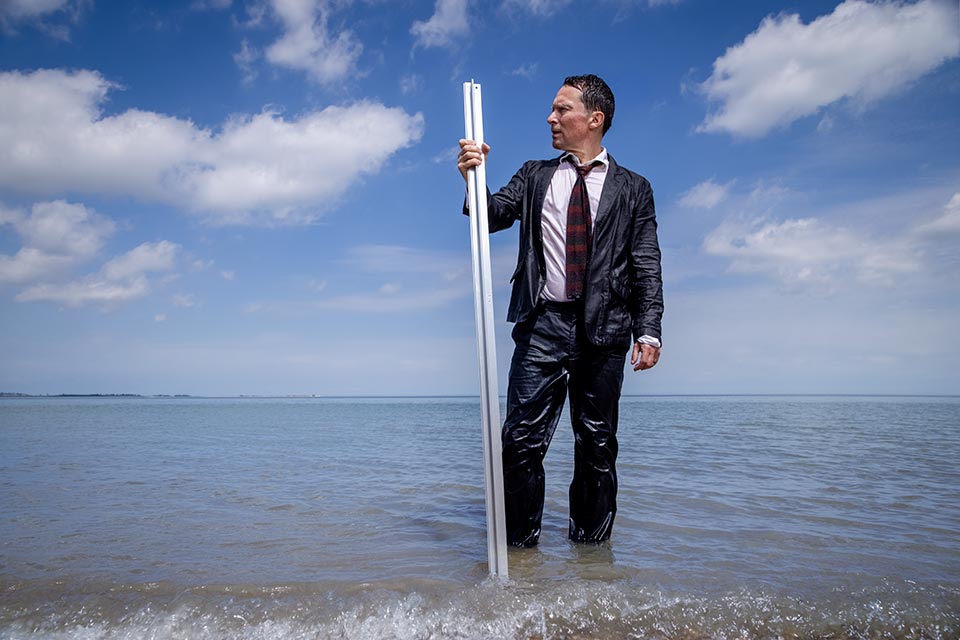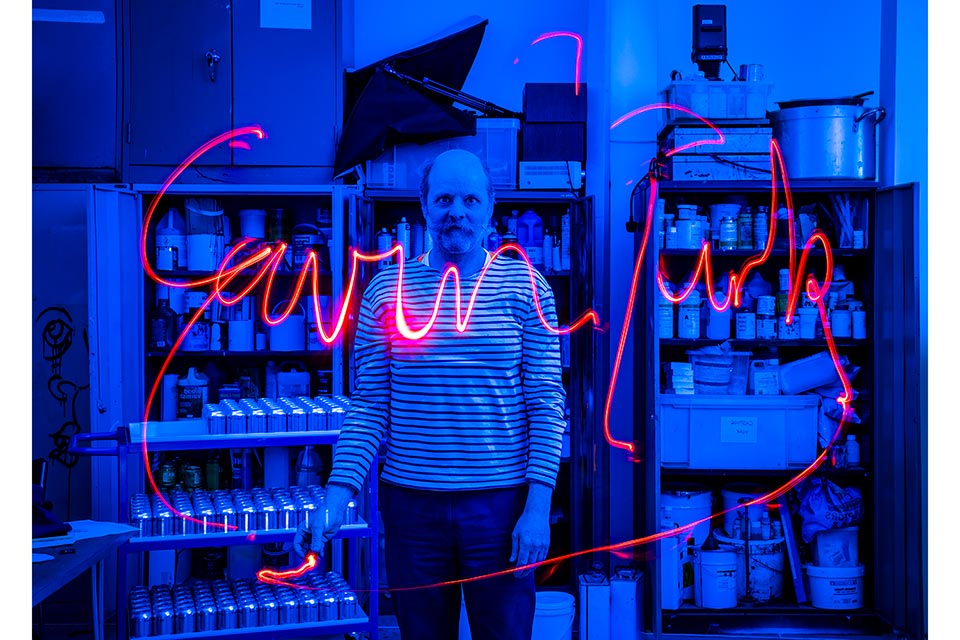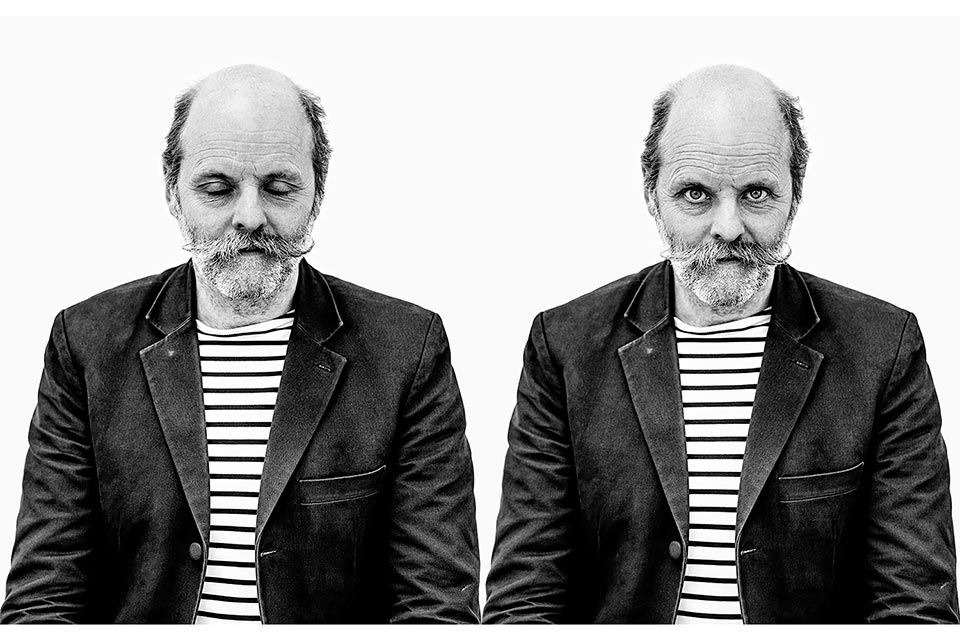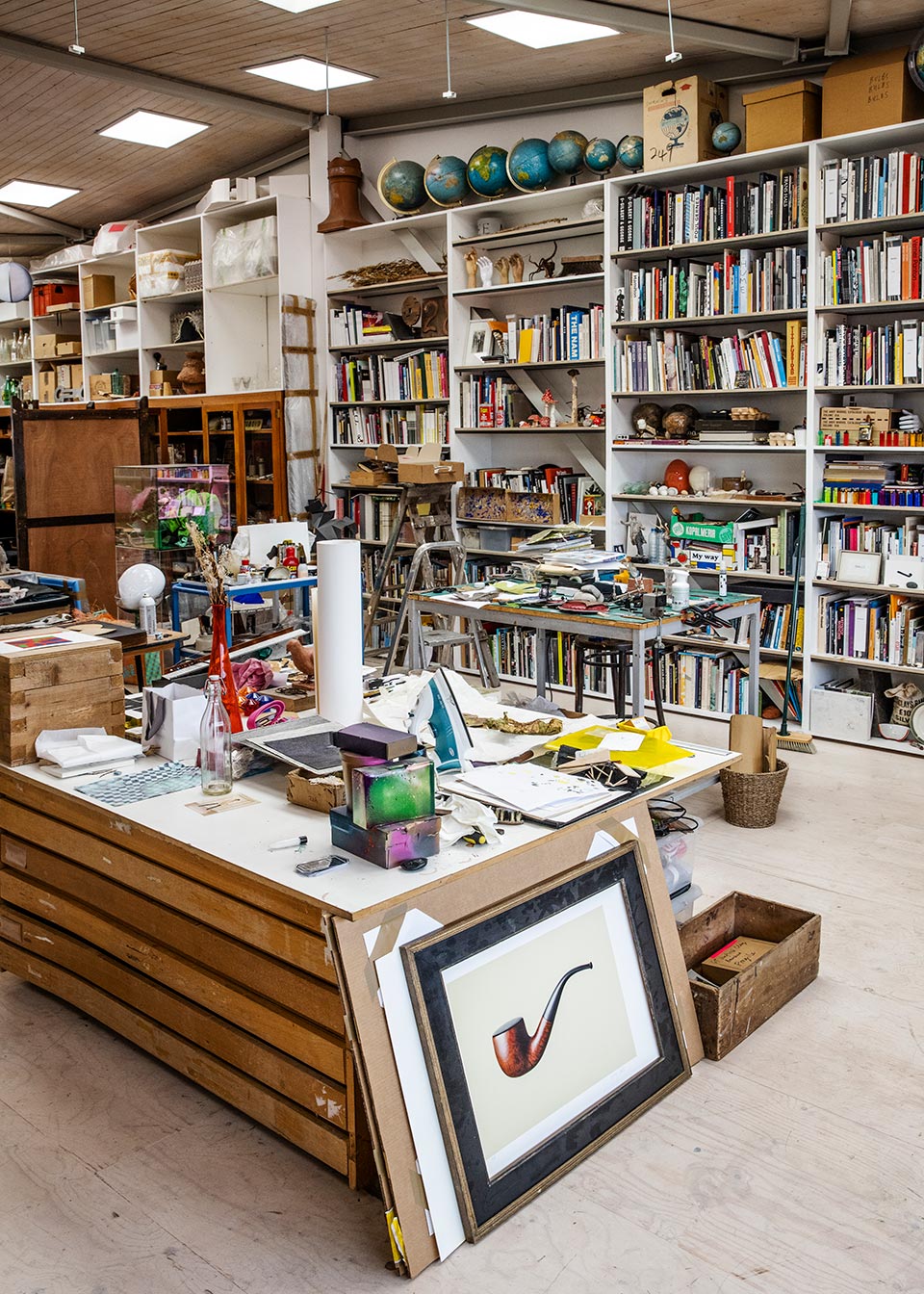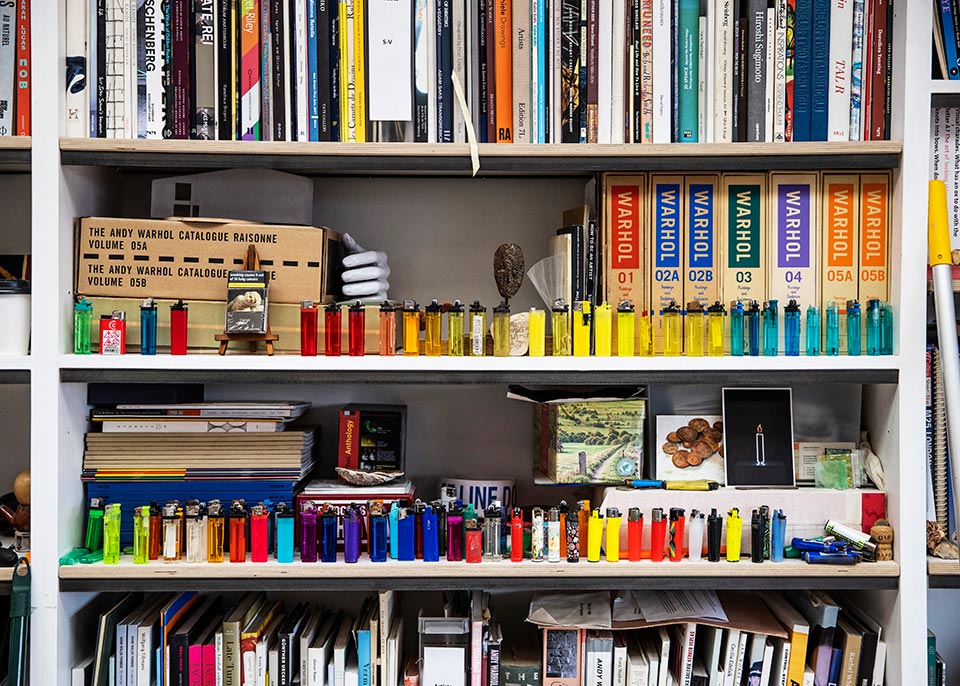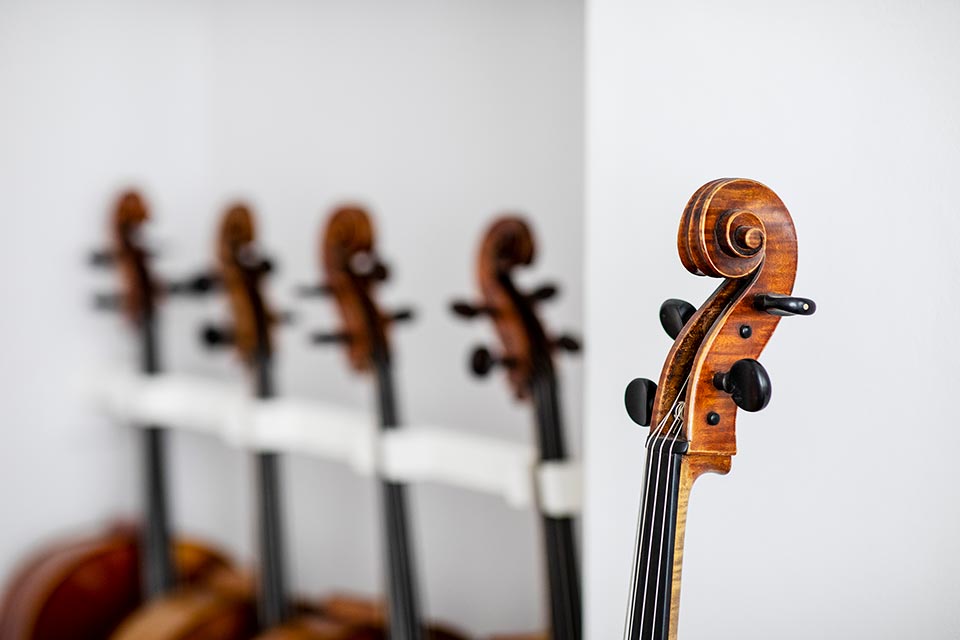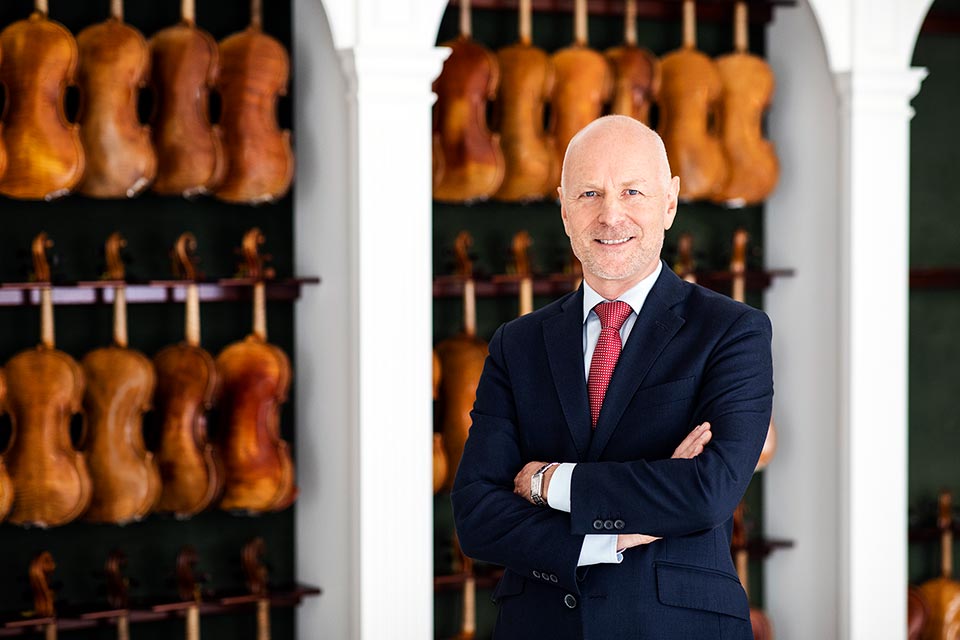International Airport Photography
Managing a complex, large-scale photography shoot on location in a bustling, fully operational international airport comes with a unique set of challenges, including:
• Organising a big production team and a complex shoot schedule
• Navigating airport security with large amounts of equipment
• Working with a mix of airline employees and professional models
• The specific considerations for working with child models
• Shooting in various locations including check-in areas, waiting rooms, business lounges, family areas, and airport corridors
• Arranging for areas to be sectioned off to separate the shoot from public areas of an airport
Emirates Airline, Dubai International Airport (DXB)
I was commissioned by production agency xpogr to photograph an advertising lifestyle campaign for Emirates Airlines on location in Dubai International Airport (DXB). DXB is the primary international airport serving Dubai, United Arab Emirates, and is the world’s fifth busiest airport by passenger traffic, carrying the highest average number of passengers per flight.
Emirates Airline operates the largest airline hub in the Middle East at DXB Terminal 3, handling 51% of all passenger traffic, and approximately 42% of all aircraft movements at the airport. The brief was to shoot a series of bright, colourful, high-quality images showing confident, friendly, and approachable customer service representatives, featuring the iconic Emirates brand uniform. Guests including couples, children, and families were to be portrayed looking relaxed and happy.
As airports are often stressful environments where long waiting times can be experienced, the goal was to create images showing a happy, family-friendly premium experience.
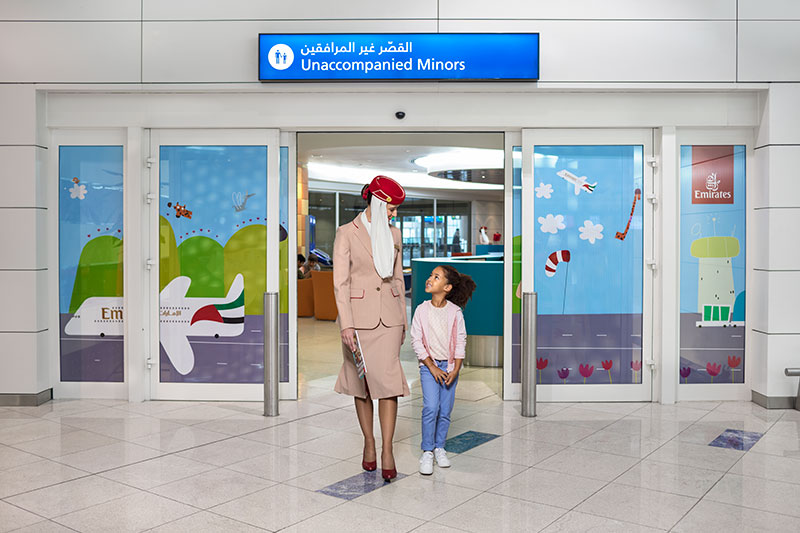
My photography assistant and I flew from London to Dubai in style with Emirates who kindly provided us with business class seats. It was extremely comfortable and the high level of service and food provided was exceptional!
It was a very enjoyable project over five days with:
• one day for location scouting with the art director and producer
• one day for a pre-production meeting to discuss and finalise all aspects of the lifestyle photography
• three days of photography in various locations around Dubai airport
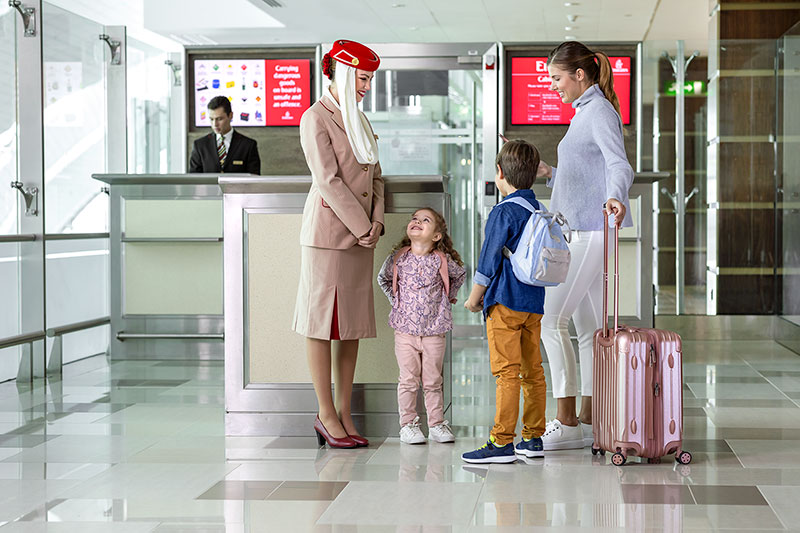
Clearing large amounts of equipment through security can be time-consuming and needs to be factored into any shooting timetable. It was also challenging taking pictures in a fully operational airport with many passengers and staff members to work around.
The shoot was deemed a great success and several images from the shoot have been used for a global advertising campaign and on the Emirates website. More images from this project can be seen here.
Wharton School & United Airlines Executive
I carried out another airport photography project at Heathrow, shooting corporate portraits of a senior executive from United Airlines for the US-based Wharton Magazine.
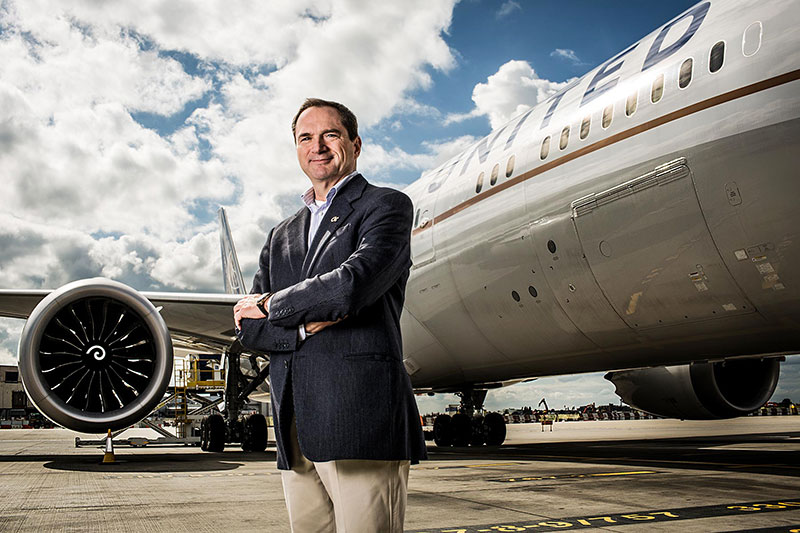
United Airlines was formed by the amalgamation of several airlines in the late 1920s and is now a major American airline headquartered at the Willis Tower in Chicago, Illinois. As of January 2024, United operates flights to 238 domestic destinations across the United States and 118 international destinations in 48 countries across all six inhabited continents. The Wharton School at the University of Pennsylvania was established in 1881 as the first business school in the United States, and the world’s first business school affiliated with an institution of higher learning. According to the 2022 Financial Times MBA ranking, it’s home to the world’s best MBA programme.
It was an interesting experience shooting portraits on the live runway with United Airlines jets in the background of the shots, resulting in strong final portraits which were very well received. These corporate portraits have been used extensively for a business profile interview in an editorial magazine feature for the Wharton Business School.
Airport Runway Photography
Another photography project that I carried out at a large airport involved shooting images in the air traffic control centre and on the runway. I took pictures of planes landing and taking off and photographed different locations including the meet-and-greet areas, departure lounges, and waiting rooms.
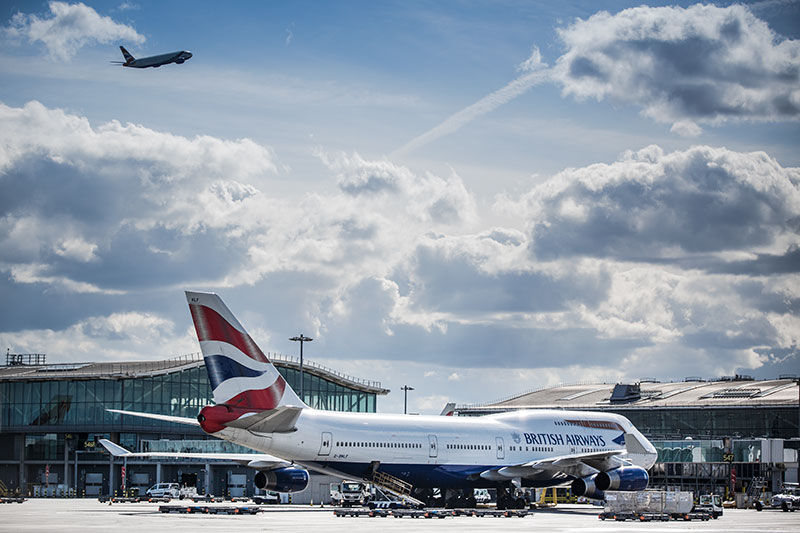
The shoot generated a lot of strong content, and it was a fascinating insight into the workings of an international airport.
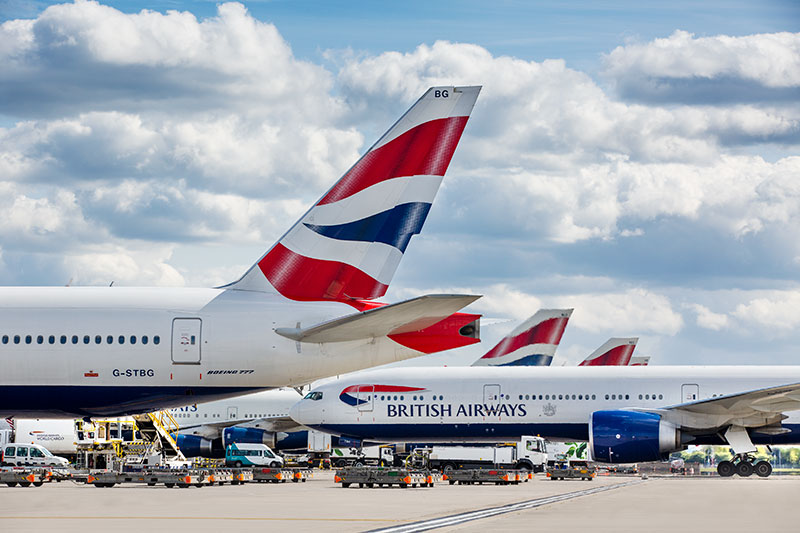
You can see more of more of my lifestyle photography here and more of my portrait photography here.
To discuss your requirements get in touch.
